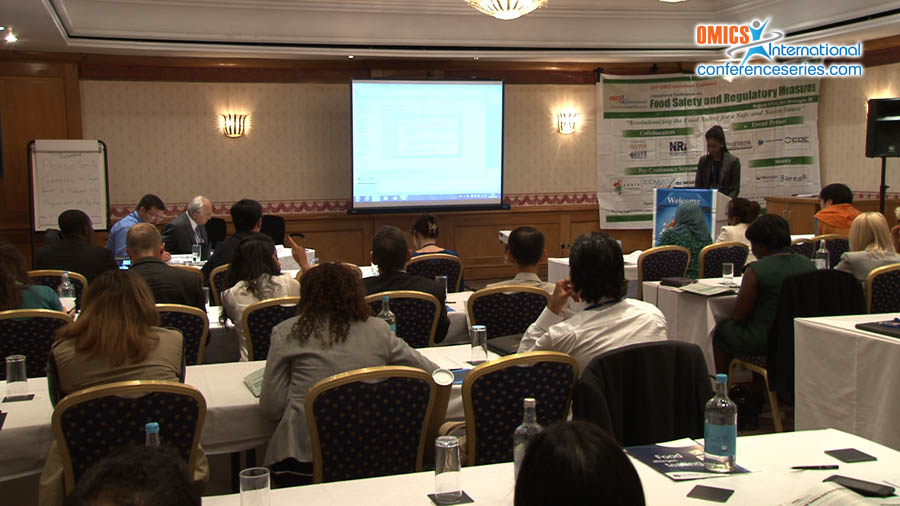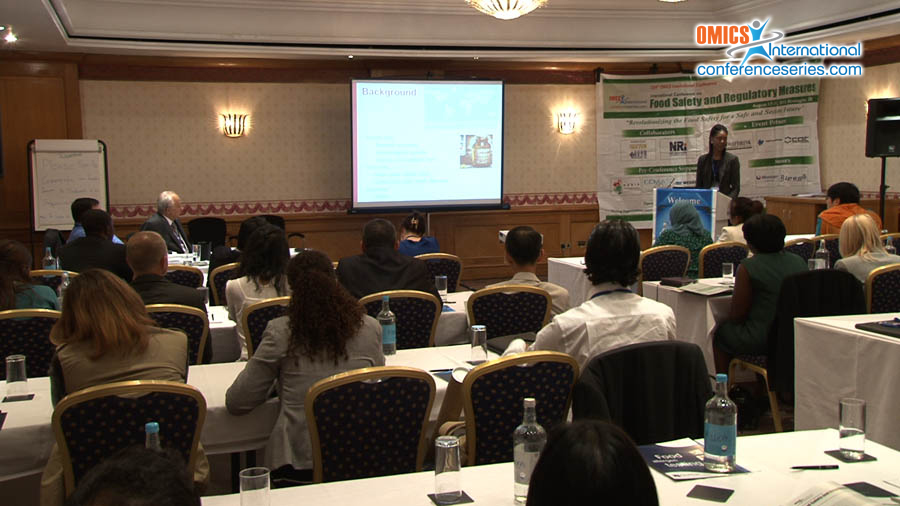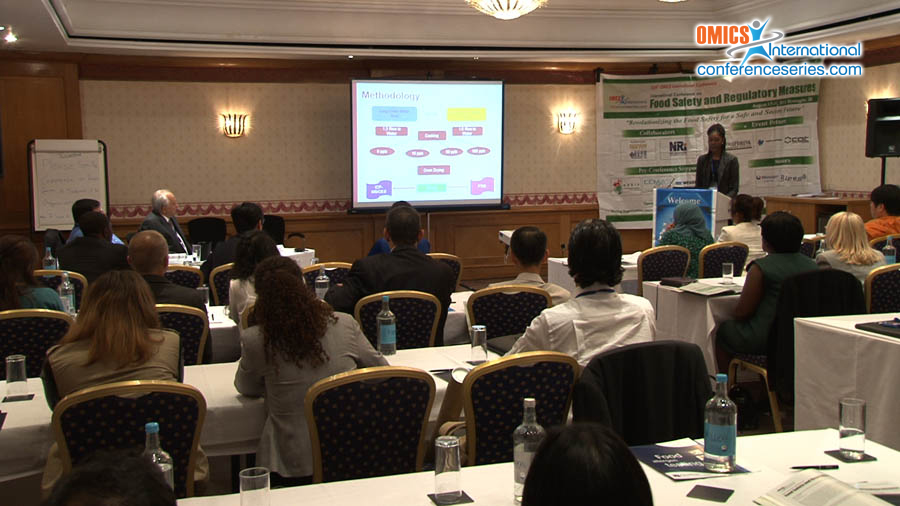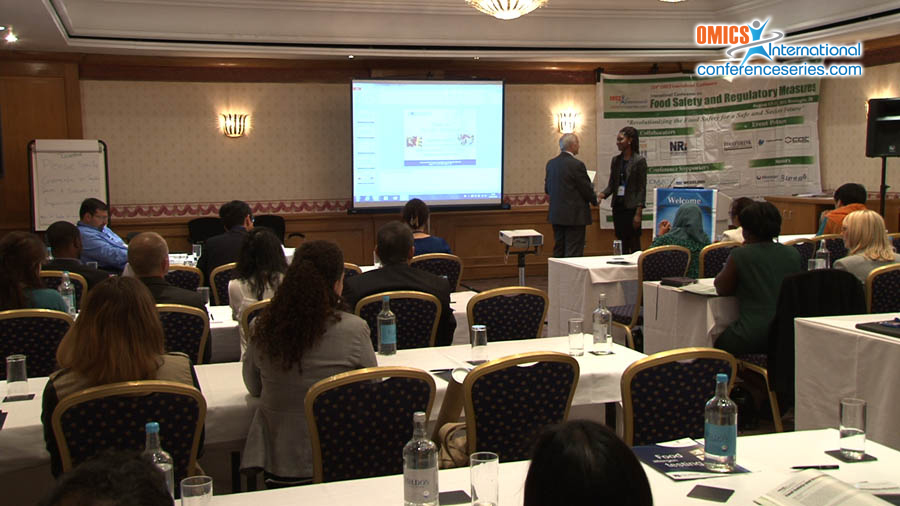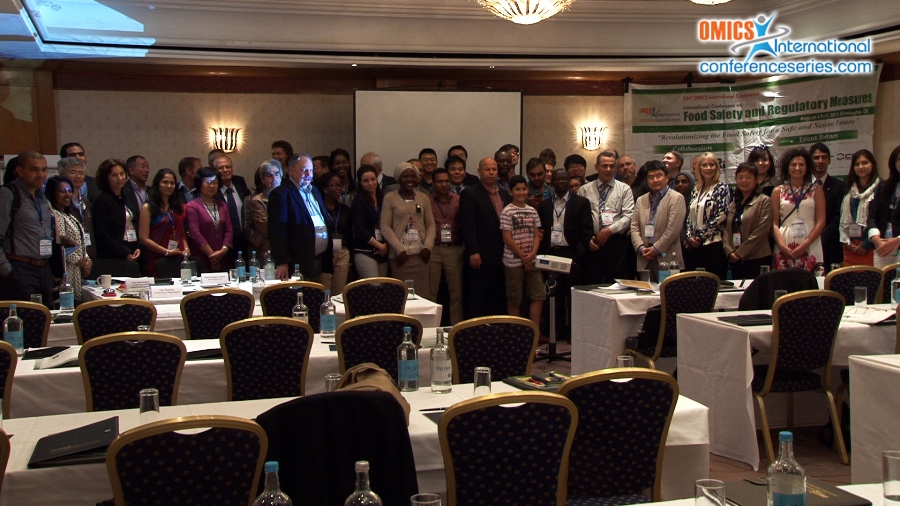
Tasila Mwale
University of Salford
United Kingdom
Title: Is rice safe? Analysis of effects of arsenic in rice on human health
Biography
Biography: Tasila Mwale
Abstract
Arsenic toxicity is still a major public health issue associated with cancer and other health disorders. The majority of studies on arsenic toxicity have focused on the exposure due to water intake, with very few studies on exposure from food consumption. This is of major concern as current research clearly shows that in Europe alone, inorganic arsenic; the most toxic form accounts for only 5% in water and 95% in food. Rice is a significant source of arsenic exposure. With over half of the world population relying on rice as a staple and increasing dependence on rice based products, a significant proportion of the population is in danger of arsenic toxicity. In addition, there is limited research on biomarkers of toxicity and the direct health effects of arsenic from rice intake. It is therefore crucial that investigation into arsenic exposure from rice consumption is carried out. A comparison study between populations with different susceptibility towards arsenic exposure will be executed. A general UK population with no background arsenic exposure (for example, from water contamination) and an Indian population with environmental exposure to arsenic will be compared to determine the health effect of arsenic toxicity caused by dietary rice intake. Total arsenic in rice and urine will be estimated by using inductively coupled plasma optical emission spectrometry (ICP-OES). Urinary arsenic speciation will be measured by Ion chromatography inductively coupled plasma mass spectrometry (IC-ICP-MS), to determine arsenic metabolism; which is a good indicator of inorganic arsenic exposure. The use of protein misfolding and aggregation as a biomarker of arsenic toxicity will also be evaluated. Preliminary results from this study will be presented at the conference.
Speaker Presentations
Speaker PDFs
Speaker PPTs Click Here

